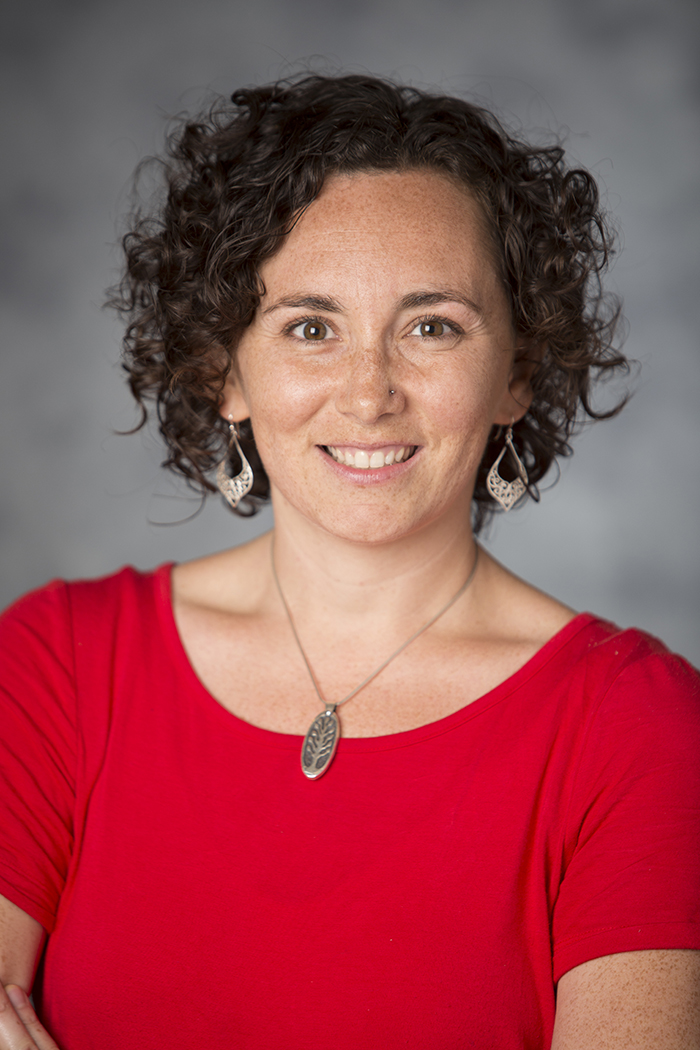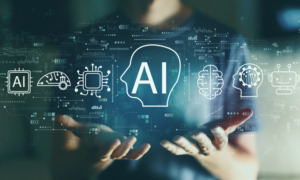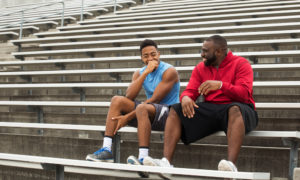
Solis Images/Shutterstock.com
.
I recently reconnected with two of my best and brightest former fifth-grade students; let’s call them Maya and Avery. While I have kept up with them via social media, I have not seen them in more than 10 years. Both women are now in their 20s, new moms and working part-time. While Avery and Maya were two of my most academically engaged students, neither completed high school.
Over breakfast, I asked the girls: “What happened?” listening to each of their stories and taking turns rocking their new babies.
I am still processing what they shared about their experiences after they left my fifth-grade classroom, what I could have done to prevent it then and what we owe to their babies to offer a better path for them.
Maya’s story
Maya moved to the other side of town soon after fifth grade. Separated from those who knew her, she stayed close to her older brother. Soon after the move, her brother got into drugs and partying. School became an afterthought, and he was sent to the district’s alternative school. Even though Maya had maintained strong attendance and good grades, she asked to switch to her brother’s new school, and her school agreed.
 From Maya’s perspective, things went downhill from there. At the alternative school, the staff expected little from Maya — both academically and behaviorally. At the same time, her mom’s financial struggles increased. Feeling disconnected from school and pressured to help her mom, Maya got a part-time job. When she was offered the chance to work during the school day, and the school did not intervene, she pulled back even more. When she stopped going, no one from her school came to find her.
From Maya’s perspective, things went downhill from there. At the alternative school, the staff expected little from Maya — both academically and behaviorally. At the same time, her mom’s financial struggles increased. Feeling disconnected from school and pressured to help her mom, Maya got a part-time job. When she was offered the chance to work during the school day, and the school did not intervene, she pulled back even more. When she stopped going, no one from her school came to find her.
After a couple of years, Maya took her GED online. From there, she started taking community college classes at night, juggling jobs at two local restaurants and serving as a second parent at home. She beamed with pride while telling me about completing her associate’s degree and how her younger siblings all graduated high school and are pursuing four-year degrees. Now that she is a mom, Maya is thinking about what comes next. She wants to go back to school and possibly study accounting or business management.
Avery’s story
In Avery’s case, high school ended because of an extreme school discipline policy. Like Maya, things changed when she moved to a new part of the city. Already struggling with a hard home life, Avery started to experience regular — and rather debilitating — anxiety. A doctor prescribed heavy anti-anxiety medications, which helped calm her down, but left her feeling far away from the world around her.
Soon after she started at her new school, a group of girls began bullying her. One day they approached her in the hallway, and between their physical intimidation and taunts she spiraled into a panic attack. She barely remembers pushing and hitting the girls, trying to get them away from her. The school expelled her that same day, citing their strict zero-tolerance discipline policy — a policy that held no exception for instances of bullying or mental health concerns.
Lacking both strong support at home and knowledge of what to do next, Avery failed to finish high school and never took her GED. Now she worries it has been too long and that she might not pass the GED exam. When she thinks about returning to any kind of school environment, anxiety starts to set in. To survive, she has stayed close to her family members — who help babysit her son — and she works whatever hours she can at a nearby restaurant. She dreams of working with animals, perhaps as a vet tech.
Avery and Maya’s stories demonstrate why our schools and education systems need to be more personalized.
Online learning may not be personalized
In its simplest form, personalized learning is the idea that young people can express their personal interests and have their needs met in schools that also shape meaningful and rigorous learning experiences around these interests and needs (even as they change). This approach ensures that students have a continuous and positive learning experience that moves them along a successful path.
In the field, personalized learning is increasingly used as shorthand for online or blended learning. Some virtual learning environments are personalized; some are not. Just take Maya’s story. The classes at the alternative school she attended were mostly online. And yet, her personal circumstances were not considered, including the need to make money for her family.
In this case, work schedule and requirements trumped school schedule and requirements. The school required students to log-in to their devices at a certain time, and while classes were virtual, students had to be “present” for certain hours. This schedule often conflicted with Maya’s job. The school also had no counseling services that Maya was aware of. She needed an advisor and navigational support to help her meet her needs and finish high school. Back up even further, and remember that her more traditional school — which, arguably may have been a better fit for her — didn’t intervene when Maya asked to leave in the first place.
For Avery, a personalized learning environment would have meant her individual circumstances were taken into account after the fight in the hallway. Avery is not a dangerous person, and that altercation permanently derailed her life. I would be shocked if her school administrator, or anyone at that school, would agree that this outcome was the policy intent.
From my perspective, personalized learning is the piece of the educational puzzle that connects all the other pieces of student-centered learning together, enabling them to form one complete picture. Qualities of schooling, such as competency-based education, student agency and anytime, anywhere learning function best when they respond to what students need — to know, be able to do and move forward based on their learning strengths, personal interests and individual needs.
As we wrap up our series on the components of Jobs for the Future’s definition of student-centered learning, consider the overarching frame that has guided our conversation over the past few months. You know young people like Avery and Maya. Like me, you are stewards of their stories — stories of feisty, engaged and smart kids who fell off track because of their personal circumstances.
We need these young people’s talents and dreams, skills and ideas to impact our changing world and improve our struggling economy. Their bright futures, when dimmed, dim our own futures and opportunities for economic prosperity.
Soon after I started working at the Forum for Youth Investment, I asked my boss at the time (Karen Pittman, a long-time contributor to Youth Today) why she still does this work. She has seen several generations of Avery and Mayas go by, but keeps plugging away even as our communities and schools struggle to meet every young person’s needs.
I hope her answer encourages you as much as it inspired me: “Stephanie, it is the right thing to do. It is also the right time.” As Karen looked back and ahead, she saw a growing conversation, interest and investment in our field and among the public to be more centered on what young people need, and for those needs to be more fully represented in our systems reform work. Today we have better resources and many more bright spots to illuminate our path and show us how this can be done.
Let us harness the weathered optimism of my dear mentor and stories like Avery and Maya’s to keep working to make our schools more student-centered and personalized. This way, we can live out the belief that everyone — no matter who they are and what happens in their lives — deserves a great education and the chance to enjoy life.
Stephanie Malia Krauss is the director of special projects at Jobs for the Future, focusing on cross-systems approaches to the economic advancement of vulnerable populations, including student-centered learning. She was previously a senior fellow with the Forum for Youth Investment and Corporation for a Skilled Workforce.































